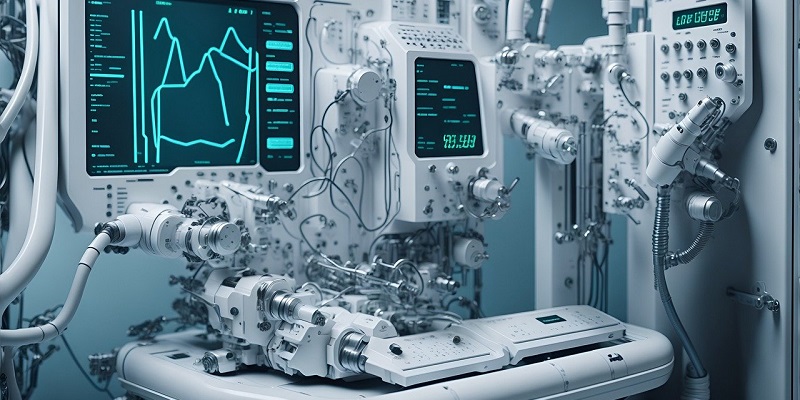In recent years, there has been a remarkable development in the healthcare sector – the emergence of do-it-yourself (DIY) diagnostics empowered by artificial intelligence (AI). This innovative approach has revolutionized the way patients approach their health, empowering them to take charge and make informed decisions. By enabling early detection, personalized monitoring, and informed decision-making, AI-driven tools have become powerful allies for individuals seeking to lead healthier lives.
Early Detection and Personalized Monitoring
One of the most significant advantages of AI-powered DIY diagnostics is their ability to analyze vast amounts of medical data quickly and accurately. This capability has proven invaluable in helping patients identify health issues at an early stage, potentially saving lives. A noteworthy example is a study conducted by Stanford University, where an AI algorithm demonstrated an impressive accuracy rate of 95% in diagnosing skin cancer. This breakthrough highlights the potential of AI in detecting diseases that would often go unnoticed until they become severe.
Empowering Informed Decision-Making
With AI tools, patients now have access to sophisticated technologies that empower them to make informed decisions about their lifestyles and treatment plans. By leveraging personalized health monitoring, individuals can track their health parameters regularly. They can effortlessly monitor their blood pressure, glucose levels, heart rate, physical activity, and more. This real-time data empowers patients to take proactive steps toward improving their well-being and managing any existing conditions effectively.
Managing Chronic Diseases in India
In India, where non-communicable diseases account for a significant portion of all deaths, AI-enabled tools have made a profound impact. Chronic diseases such as diabetes, cardiovascular diseases, and respiratory conditions can be better managed with the help of AI-powered wearables and mobile applications. These devices allow patients to monitor their vital signs, gather valuable insights, and collaborate with healthcare professionals for personalized care plans. AI is bridging the gap between patients and healthcare providers, ensuring timely interventions, and reducing the burden of chronic diseases on the Indian population.
Timely and Accurate Assessments in Remote Areas
One of the most promising aspects of AI-driven diagnostics is their role in providing virtual healthcare services. This is particularly beneficial for individuals in remote areas with limited access to healthcare facilities. AI-powered diagnostic tools act as virtual healthcare providers, offering timely and accurate assessments. Patients in underprivileged communities can now receive expert opinions and critical evaluations, narrowing the healthcare disparity gap. This technology brings hope to areas where healthcare services are scarce and makes quality healthcare accessible to everyone, irrespective of their geographical location.
The integration of artificial intelligence and healthcare has revolutionized the way patients interact with their health. AI-powered DIY diagnostics have empowered individuals to take charge of their well-being by offering early detection, personalized monitoring, and informed decision-making. The remarkable accuracy rates achieved by AI algorithms, as demonstrated in the Stanford University study, highlight the immense potential of this technology in transforming healthcare. Furthermore, AI-enabled tools have proven to be vital in managing chronic diseases, particularly in regions like India where non-communicable diseases are widespread. By functioning as virtual healthcare providers, AI-powered diagnostic tools ensure timely and accurate assessments, even in remote areas. As the healthcare landscape continues to evolve, the integration of artificial intelligence holds the promise of a healthier, more informed, and empowered patient population.

